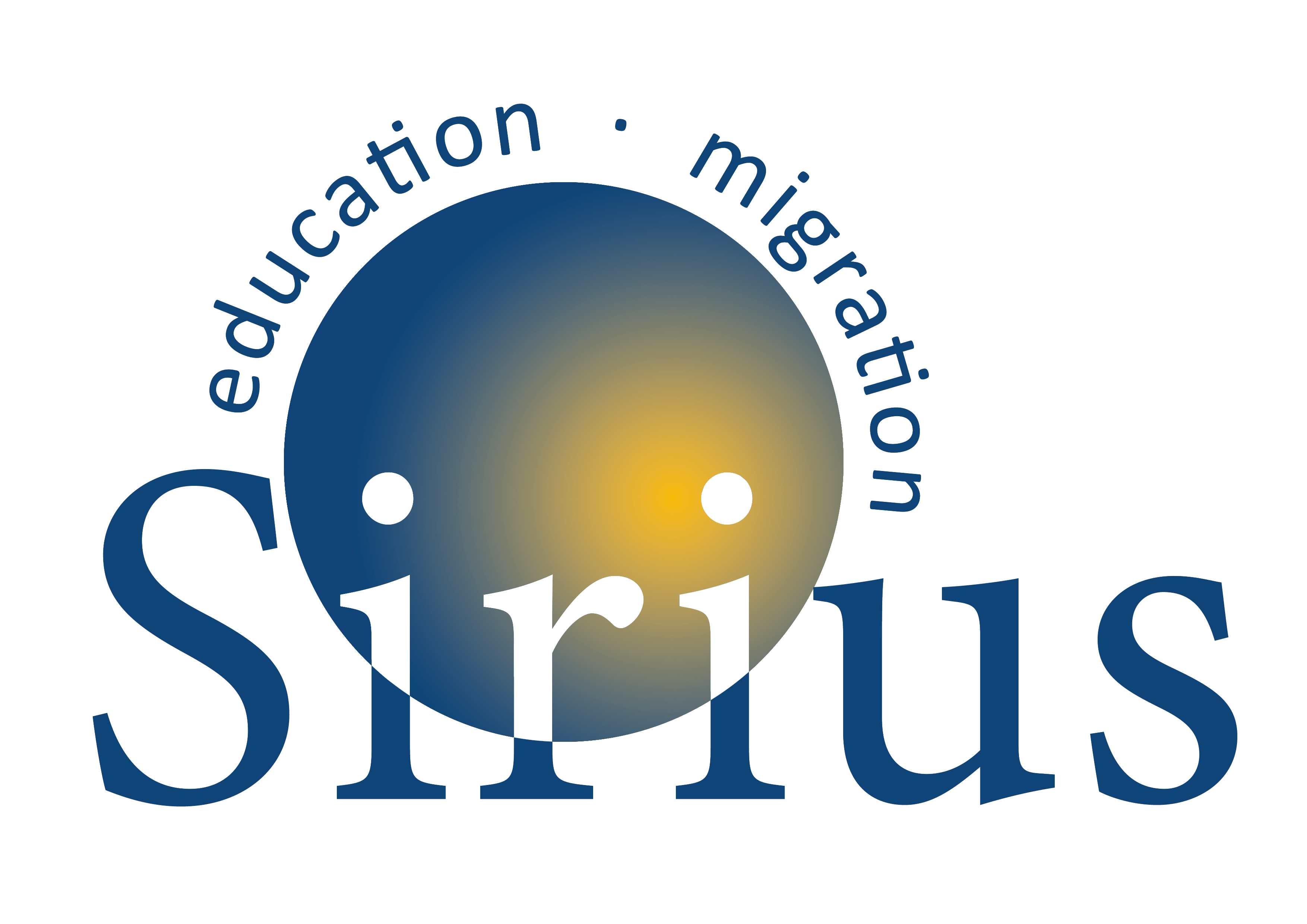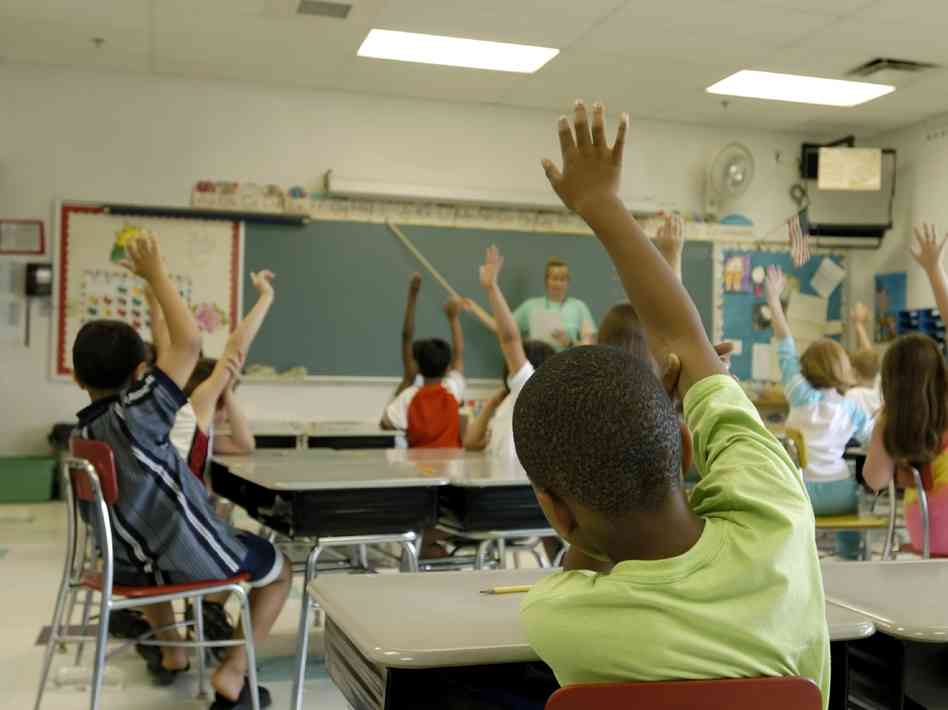Responding to the needs of newcomer refugee youth
The high number of recently arrived refugees in minor age places their integration high on the agenda of education systems. Refugee children and youth have specific needs that set them apart from other migrant pupils, and schools and teachers need to respond in a timely and adequate way. Drawing on Eurostat data, this MPG paper first provides a detailed insight into the size, distribution and age structure of minors who recently applied for, or received, international protection in Europe, thus showing how far-reaching the tasks are in the years ahead. It continues with an overview of eight particular challenges for successfully integrating refugee children and youth in schools, which often correspond to unmet needs and education policy gaps in European countries. These challenges include e.g. prolonged insecurity due to long asylum procedures, problems with assessing previous attainments, need for catch-up education to make good time spent outside school, traumatization or a high share of unaccompanied minors above compulsory school age. Referring to MIPEX results, stakeholder interviews in seven countries and key results of previous research, the paper then sketches out the strengths and weaknesses of migrant education policies across European countries and identifies success factors in national policies for newcomer pupils. The annex includes an analysis of EU-level stakeholder organisations active in the migrant education field.


